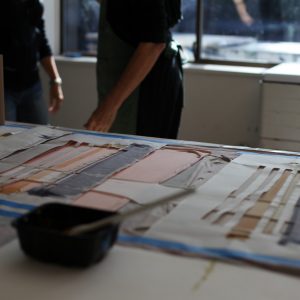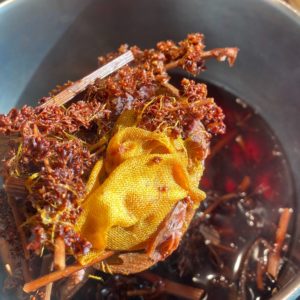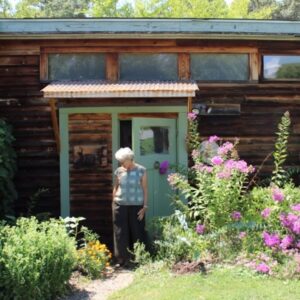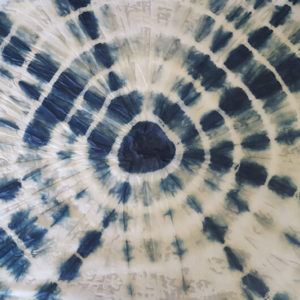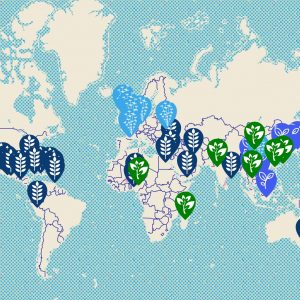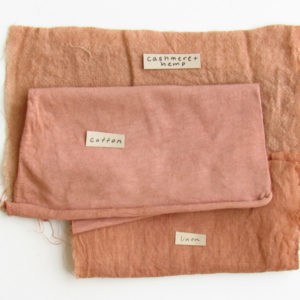On Makers Row: Eco-Friendly Factories: How Do You Know Your Manufacturer Is Green?
Check out our guest post on Makers Row! As consumers increasingly look for transparency around the making and sourcing of the products they purchase, designers are striving to meet that need not only the conception of the product, but the manufacturing. While finding the perfect, environmentally-friendly fabric poses a challenge that’s equal parts fun and gratifying, locating a factory that adheres to sustainable practices can prove more daunting. So what are the key things you need to know when identifying the factory that keeps your production process green? We spoke to Kathy Hattori of natural dye studio Botanical Colors, a … Read more

